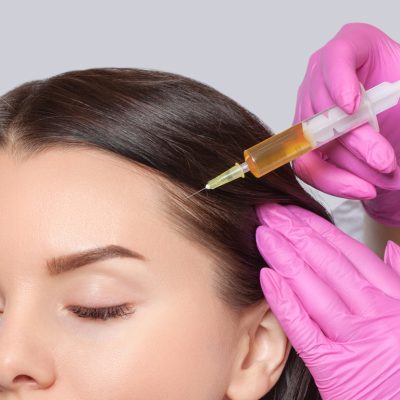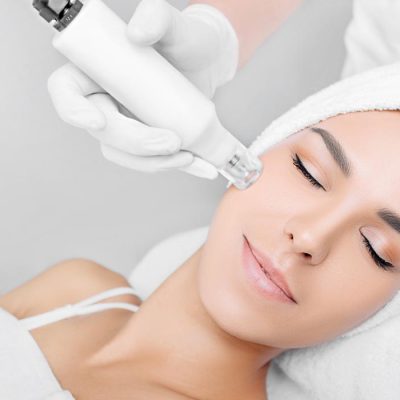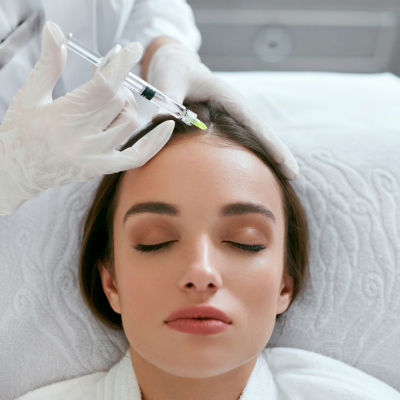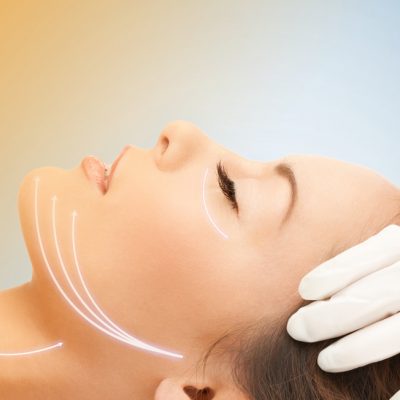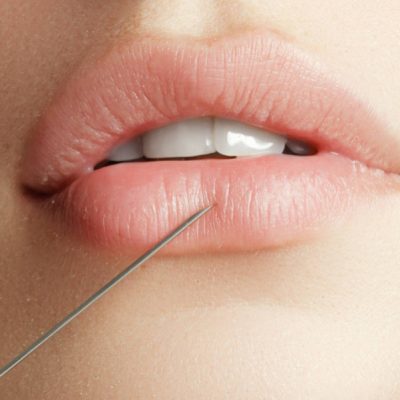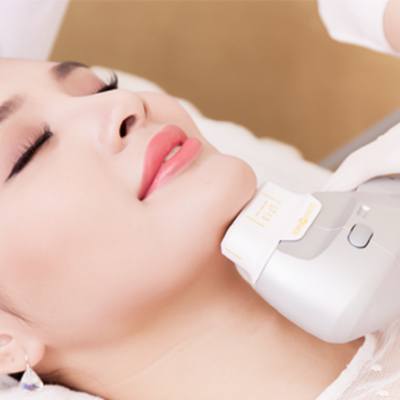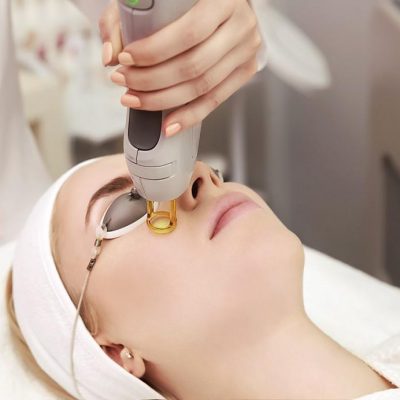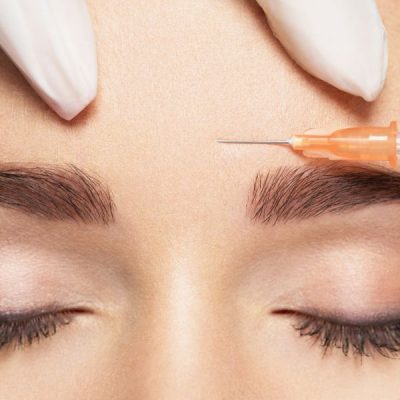prp treatment dubai
PRP Treatment Dubai therapy uses injections of a concentration of a patient's own platelets to accelerate the healing of injured tendons, ligaments, muscles and joints. In this way, PRP injections use each individual patient's own healing system to improve musculoskeletal problems.
prp treatment
PRP Dubai
PRP Dubai
Best PRP treatment
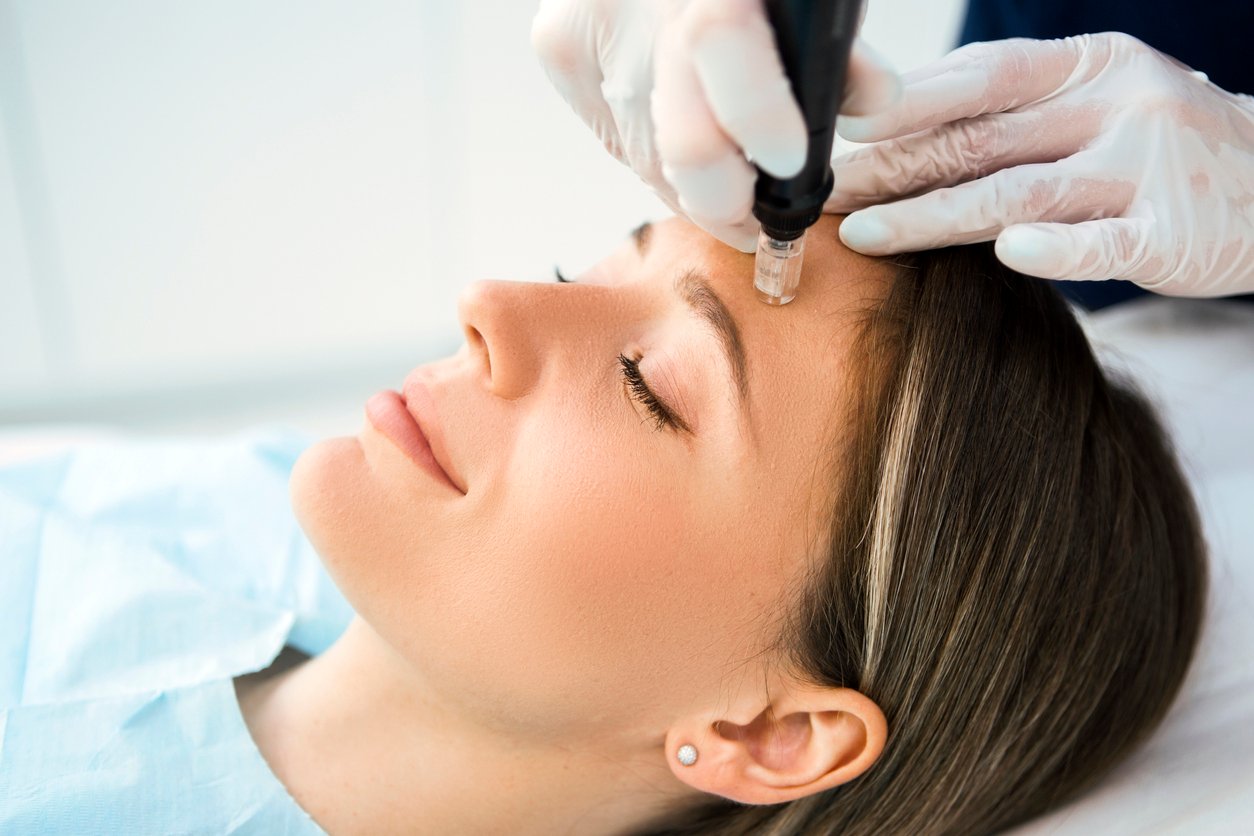

What is a Platelet-rich plasma injection?
After creating platelet-rich plasma ( PRP ) from a patient’s blood sample, that solution is injected into the target area, such as an injured knee or a tendon. In some cases, the clinician may use ultrasound to guide the injection. The idea is to increase the concentration of specific bioproteins or hormones, called growth factors, in a specific area to accelerate the healing process. The mechanism behind Platelet-rich plasma injections ( PRP ) is not completely understood. Studies show that the increased concentration of growth factors in platelet-rich plasma may stimulate or speed up the healing process, shortening healing time for injuries, decreasing pain and even encouraging hair growth.
What is Platelet-rich plasma treatment used for?
- Hair prp (Hair Loss)
Face prp (Skin Rejuvenation)
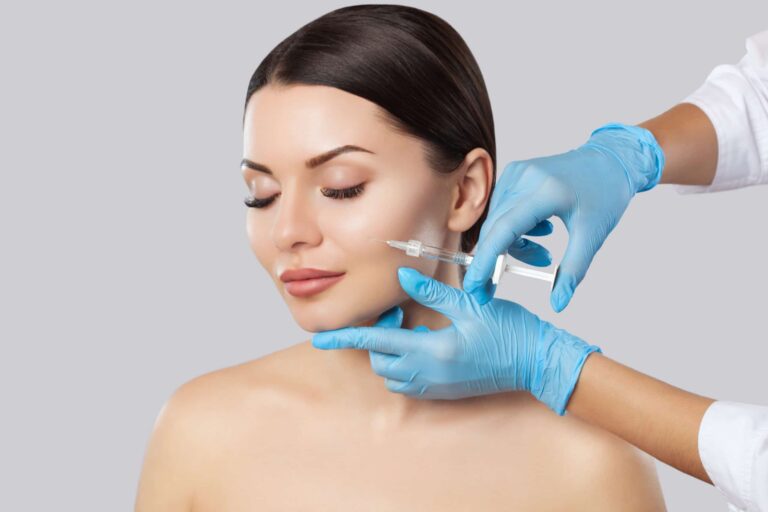
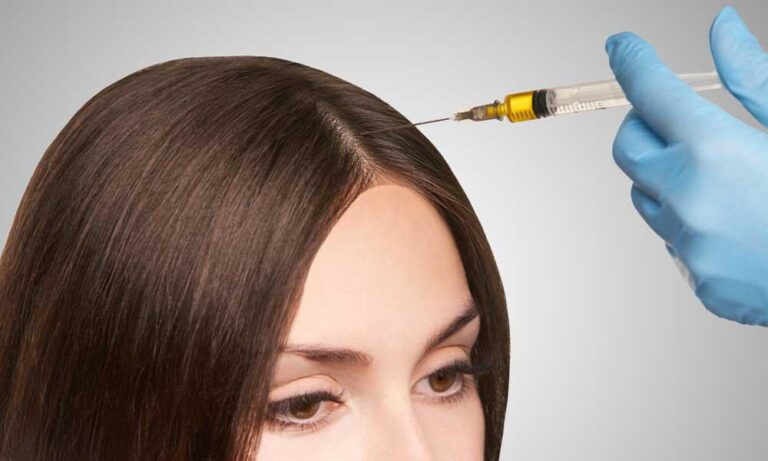
Hair Platelet-rich plasma (Hair Loss)
- Your hair may become thicker and denser in the problem areas being treating.
- The appearance of balding and thinning spots may be reversed.
- Your receding hairline may begin to grow back in.
- Your self-confidence will increase gradually as those problem areas may seem to disappear.
Face Platelet-rich plasma (Skin Rejuvenation)
Platelet-rich plasma injections ( PRP ) are sometimes used as an anti-aging treatment, but there is little evidence to show that Platelet-rich plasma ( PRP ) reduces wrinkles and other signs.
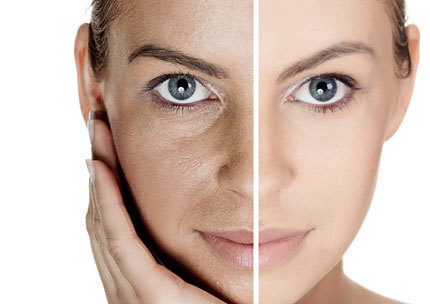

What are PRP Facials?
- They truly transform the look of your skin in positive ways
- There’s no chance for an allergic reaction because the plasma comes from your own body
- Pain and discomfort is minimal and the procedure is short
What are the Key Advantages of a PRP Facial?

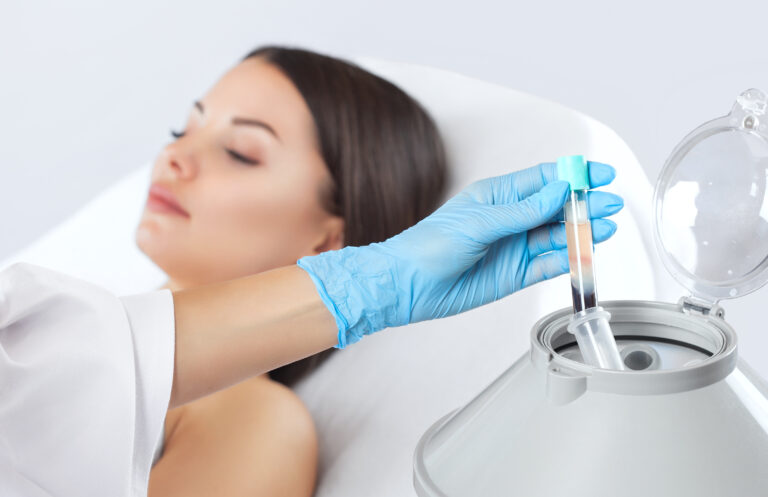
How long does PRP last?
The effects of Platelet-rich plasma ( PRP ) are not permanent but effects can last up to 18 months in an average with a maximum of 2years as the longest reported effect. However, most may resort to a re-touch of the treatment once a year.
What is Platelet-rich plasma?
How is Platelet-rich plasma made?
Platelet-rich plasma is made by drawing a small amount of the patient’s own blood (usually from the arm) and then processing it in a centrifuge machine to separate the platelets and growth factors from other blood components, such as red blood cells and white blood cells. The process typically involves the following steps:
- Blood is drawn from the patient’s arm using a sterile needle and syringe.
- The blood is placed in a special tube or container that contains an anticoagulant to prevent it from clotting.
- The tube is then placed in a centrifuge machine, which spins the blood at high speeds to separate the different components.
- After centrifugation, the blood separates into three layers: plasma, buffy coat (which contains platelets and white blood cells), and red blood cells.
- The plasma and buffy coat are carefully removed from the tube and processed further to obtain a concentrated solution of platelets and growth factors.
- The concentrated Platelet-rich plasma solution is then injected back into the patient’s body at the site of injury or tissue damage.
The exact processing methods and protocols for Platelet-rich plasma ( PRP ) preparation can vary depending on the specific medical condition being treated and the preferences of the healthcare provider.
What conditions can Platelet-rich plasma treat?
Platelet-rich plasma therapy has been used to treat a variety of medical conditions, including:
Tendon injuries: Platelet-rich plasma can be used to treat chronic tendon injuries, such as tennis elbow, golfer’s elbow, Achilles tendonitis, and rotator cuff injuries.
Osteoarthritis: Platelet-rich plasma injections can help reduce pain and inflammation associated with osteoarthritis in the knee, hip, and other joints.
Ligament injuries: Platelet-rich plasma injections can be used to treat sprains and partial tears of ligaments, such as the anterior cruciate ligament (ACL) in the knee.
Muscular injuries: Platelet-rich plasma can be used to treat muscle strains and tears, such as hamstring injuries.
Skin rejuvenation: PRP can be used to stimulate collagen production and promote skin rejuvenation, reducing the appearance of fine lines, wrinkles, and scars.
Hair loss: Platelet-rich plasma injections can help stimulate hair growth and improve the thickness and quality of hair in individuals with androgenetic alopecia (male and female pattern baldness).
Dental procedures: Platelet-rich plasma can be used in certain dental procedures, such as bone grafting and tooth extractions, to promote healing and reduce the risk of complications.
It’s important to note that while Platelet-rich plasma therapy has shown promising results in treating these conditions, more research is needed to fully understand its effectiveness and identify the most appropriate uses for Platelet-rich plasma.
What are the benefits of Platelet-rich plasma therapy?
Platelet-rich plasma therapy has several potential benefits, including:
- Reduced pain: Platelet-rich plasma injections may help reduce pain and inflammation associated with certain medical conditions, such as osteoarthritis and chronic tendon injuries.
- Faster healing: Platelet-rich plasma contains growth factors that promote tissue repair and regeneration, which may help speed up the healing process.
- Minimally invasive: Platelet-rich plasma therapy is a minimally invasive procedure that can be performed in a doctor’s office or clinic, and does not require general anesthesia or a hospital stay.
- Lower risk of complications: Because Platelet-rich plasma is derived from the patient’s own blood, there is a lower risk of allergic reactions or other adverse effects compared to treatments using foreign substances.
- Potential for long-lasting results: Platelet-rich plasma therapy may provide long-lasting results, particularly for chronic conditions that have not responded to other treatments.
- Versatile: Platelet-rich plasma therapy can be used to treat a wide variety of medical conditions, including musculoskeletal injuries, skin rejuvenation, and hair loss.
It’s important to note that the benefits of Platelet-rich plasma therapy ( PRP ) may vary depending on the specific medical condition and the individual patient’s response to treatment. It’s also important to discuss the potential benefits and risks of Platelet-rich plasma therapy with a healthcare provider before deciding on the best treatment option.
Is Platelet-rich plasma therapy safe?
Platelet-rich plasma therapy is generally considered safe when performed by a qualified healthcare provider. Because Platelet-rich plasma is derived from the patient’s own blood, there is a low risk of allergic reactions or other adverse effects. However, as with any medical procedure, there are potential risks and side effects associated with Platelet-rich plasma therapy, including:
- Pain and discomfort at the injection site
- Infection at the injection site
- Bleeding or bruising
- Nerve damage
- Tissue damage
- Blood clots
In rare cases, Platelet-rich plasma therapy may also lead to a worsening of symptoms or the development of new medical problems. It’s important to discuss the potential risks and benefits of Platelet-rich plasma therapy with a healthcare provider before deciding on the best treatment option. Additionally, individuals with certain medical conditions or taking certain medications may not be good candidates for Platelet-rich plasma therapy.
How long does Platelet-rich plasma therapy take to work?
How often do you need Platelet-rich plasma injections?
What are the side effects of Platelet-rich plasma therapy?
Platelet-rich plasma therapy ( PRP ) is generally considered safe and well-tolerated, but as with any medical procedure, there are potential risks and side effects. Some of the possible side effects of Platelet-rich plasma therapy include:
- Pain and discomfort: Patients may experience pain, swelling, or tenderness at the injection site for several days after the procedure.
- Infection: There is a small risk of infection at the injection site, which can cause redness, warmth, swelling, and fever.
- Bleeding or bruising: Some patients may experience bleeding or bruising at the injection site, particularly if they are taking blood-thinning medications.
- Nerve damage: In rare cases, Platelet-rich plasma injections can damage nerves, leading to numbness or tingling in the affected area.
- Tissue damage: Improper Platelet-rich plasma injection technique or placement can cause damage to surrounding tissues, such as muscles, tendons, or ligaments.
- Allergic reactions: While rare, some patients may experience an allergic reaction to the anticoagulant used to process the blood or to other components of the Platelet-rich plasma solution.
It’s important to discuss the potential risks and benefits of Platelet-rich plasma therapy with a healthcare provider before deciding on the best treatment option. Additionally, patients should inform their healthcare provider of any medications they are taking, as well as any allergies or medical conditions they have, to minimize the risk of complications.
Can Platelet-rich plasma therapy be used in hair restoration?
Yes, Platelet-rich plasma therapy ( PRP Dubai ) can be used in hair restoration to help stimulate hair growth and improve the thickness and quality of hair. Platelet-rich plasma contains growth factors that can help stimulate hair follicles, promote cell growth, and improve blood flow to the scalp. Platelet-rich plasma therapy for hair restoration typically involves the following steps:
- A small amount of blood is drawn from the patient’s arm and processed using a centrifuge to separate the Platelet-rich plasma from other blood components.
- The Platelet-rich plasma solution is then injected into the patient’s scalp at the level of the hair follicles.
- The treatment is repeated several times over the course of several months, with the frequency and number of treatments determined by the healthcare provider based on the patient’s individual needs.
Platelet-rich plasma therapy for hair restoration is generally considered safe and well-tolerated, with few reported side effects. However, more research is needed to fully understand its effectiveness and optimal dosing protocols. Additionally, Platelet-rich plasma therapy may not be suitable for all types of hair loss, and a healthcare provider can help determine the most appropriate treatment plan based on the patient’s individual needs and condition.




